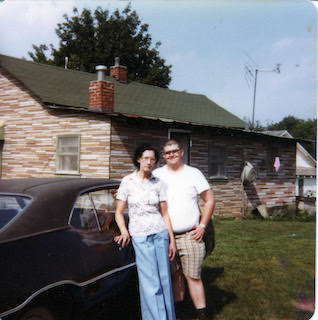Officials warn of heat dangers for children
Published 1:15 pm Thursday, June 16, 2022
With temperatures in the high 90s and forecast to be as high as 100 in coming days, the risk of vehicular heatstroke death among children is increasing.
A child’s body temperature can increase up to five times faster than the body temperature of an adult, which means that children are more vulnerable to vehicular heatstroke and can die within minutes, according to the National Highway Traffic Safety Administration.
Jeanna Phelps, child care consultant at the Barren River District Health Department, said: “We are starting to see a situation in which not everyone is fortunate enough to have air” conditioning.
This year, four children have already died because of vehicular heatstroke in the United States, according to NoHeatStroke.org. By comparison, 23 child deaths were documented in 2021.
The record number of deaths was in 2018 and 2019 – 53 children died as a result of vehicular heatstroke in each of those two years, according to NoHeatStroke.org.
More than 900 children have died of heatstroke since 1998.
NoHeatStroke.org statistics said more than half of all heatstroke child deaths happened as a result of a caregiver forgetting their child was inside a vehicle, while 20% were caused by adults knowingly leaving their child inside the vehicle.
In 25% of all heatstroke death cases, children gained access to a car on their own.
Occasionally when children want to play games like hide-and-seek, they will get into a car but will not be able to get out, which can lead to overheating and heatstroke, Phelps said.
To stop hot car child deaths from happening, the National Highway Traffic Safety Administration suggests adhering to the “Park, Look, Lock” rule – after parking, a caregiver should look at the back seat and only lock the car after making sure that a child will not be left inside. Another suggestion is having a stuffed animal in the passenger’s seat, which would act as a reminder that there is a child in the back seat.
Phelps also recommends putting something essential next to the child. It can be a purse or any important item.
Phelps also said that it is very important for parents to dress their children in accordance with the weather, much like they dress themselves. If a caregiver decides to wear shorts and a T-shirt, their child should be wearing similar clothes, she said.
Meanwhile, officials are starting to address the problem of excessive heat and potential heatstroke.
A news release said T.J. Regional Health is planning to set up coolers with free iced-down bottled water in Glasgow at T.J. Samson Community Hospital’s South Entrance and Emergency Department Entrance, T.J. Health Columbia and the T.J. Health Pavilion.






